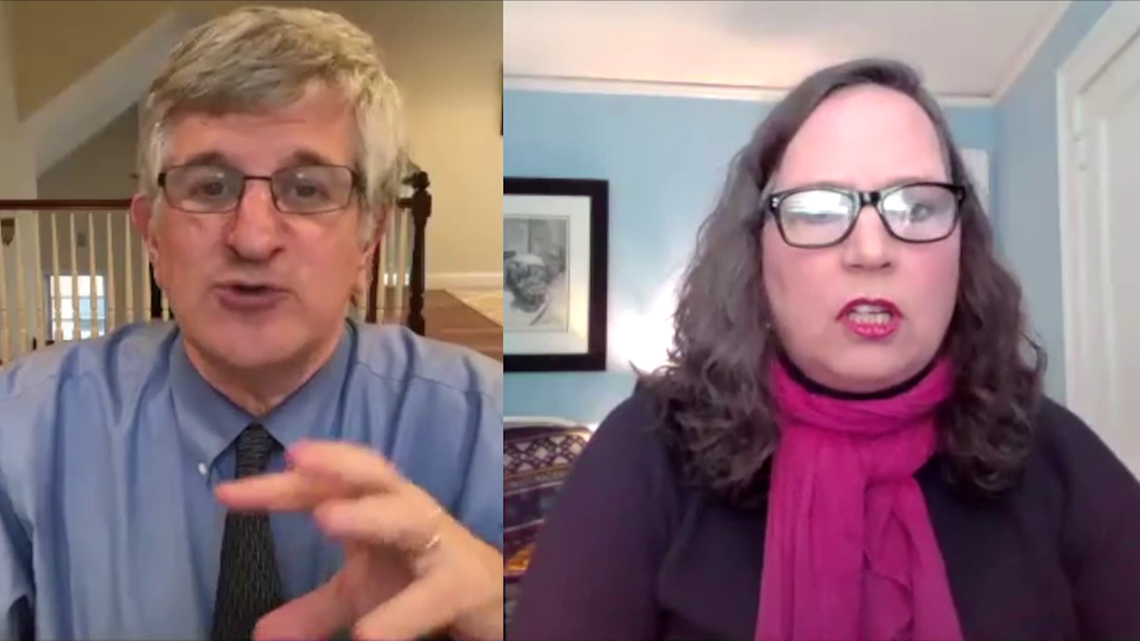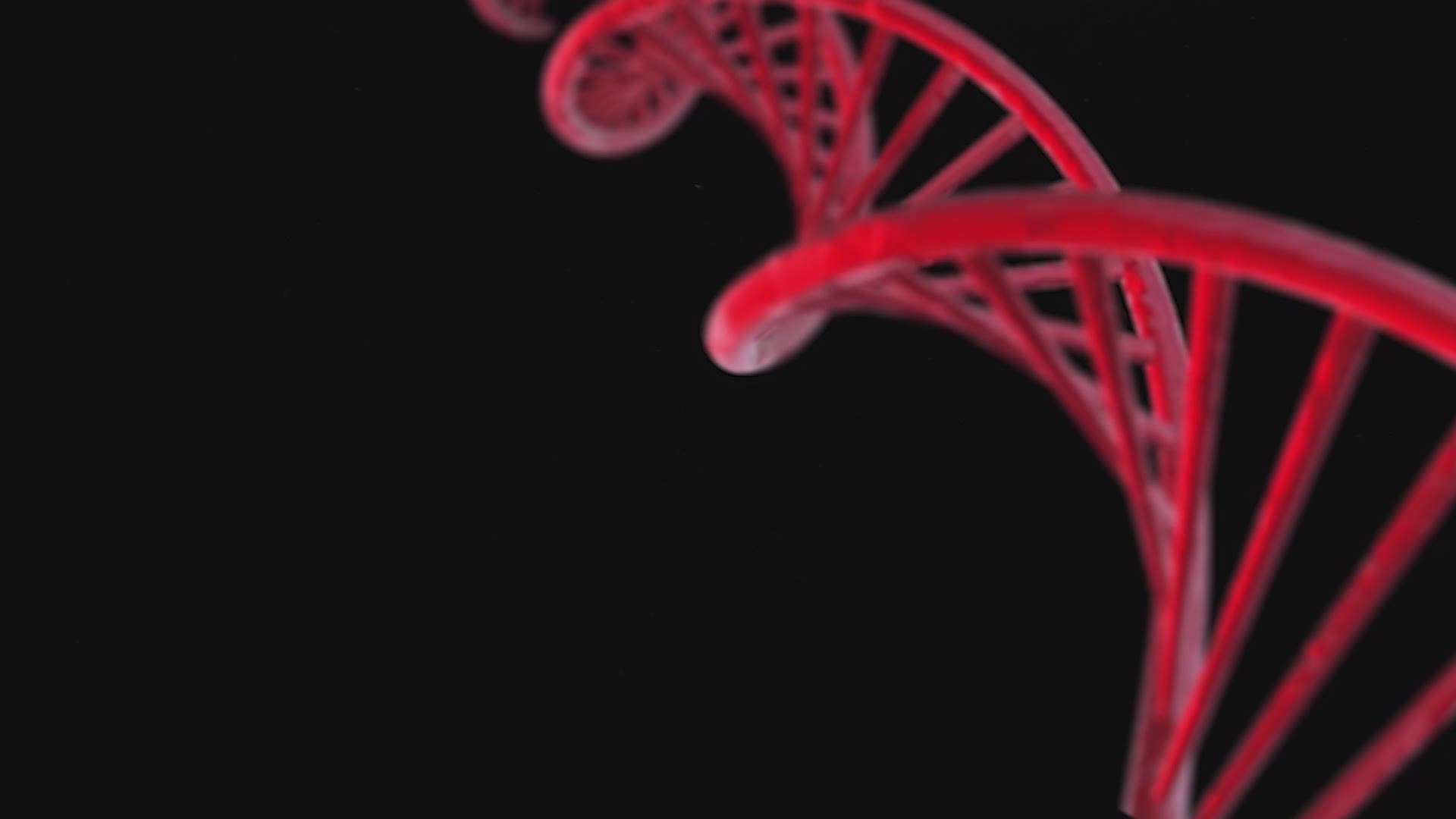WASHINGTON — Messenger RNA is what makes both the Pfizer and Moderna COVID-19 vaccines unique. But the use of mRNA as it’s also known is not as new as one may think.
"This particular notion of using messenger RNA as a vaccine has been around for 20 years. People have been working on messenger RNA on Human Immunodeficiency Virus (HIV), malaria, tuberculosis, ebola, zika, etc.
This is just the first one to get above the water to become a commercial product," Dr. Paul Offit, a pediatrician specializing in infectious diseases said.
"It’s sort of like we went from the covered wagon to the jet, and so when people get nervous about this has gone so fast, well, we didn’t have to grow a virus in eggs, we didn’t have to encourage people to be part of the trials. People wanted to be part of these trials," added Patricia Stinchfield, president-elect of the National Foundation for Infectious Diseases.
Both doctors spoke to the Poynter Institute.


"It’s been used most recently in the last several years as cancer therapy where you can get a kind of a customized vaccine for yourself," explained Dr. Merritt Dunlap -- who is a family practice doctor in Nevada who answers patients' questions about the vaccine with detailed Facebook posts.


We asked Dr. Dunlap to do something unusual: explain how Messenger RNA works, without using words you’d find in a science or health textbook. Here’s his take:
"If you had a bad guy roaming around in your neighborhood you needed to be able to identify this guy and you had a 3D printer, you could take a piece of ticker-tape instruction, give it to your 3D printer, and your 3D printer could actually print out a virtually identical replica of the guy so that if he ever did show up, you know precisely what he looks like," Dunlap said.


Messenger RNA may become one of those phrases that the world becomes more familiar with in 2021 as it forms the backbone of this and future vaccines to come.

